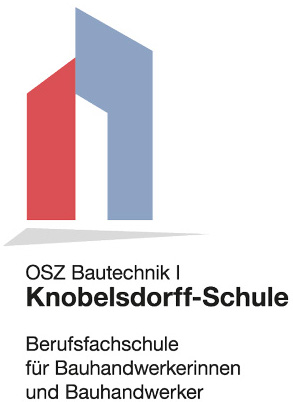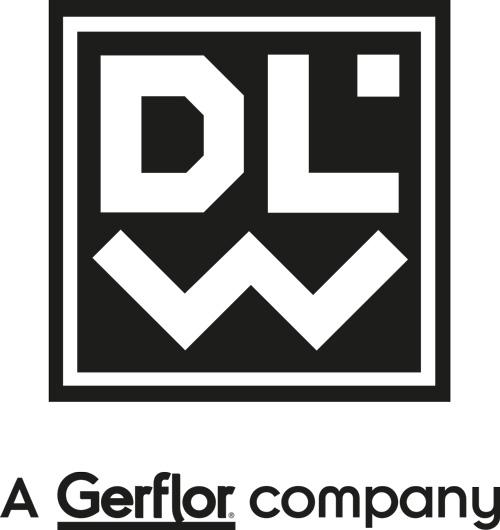Konglomerat der Moderne (KDM) – Ernst-Reuter-Platz (ERP)
Seminar an der TU Berlin
Sommersemester 2020
Fachdidaktik in der Landschaftsgestaltung in Verbindung mit Vegetationstechnik und Pflanzenverwendung
Das Seminar im digitalen Sommersemester 2020 an der TU Berlin findet als interdisziplinäres Angebot mit den Fachgebieten Fachdidaktik in der Landschaftsgestaltung sowie Vegetationstechnik und Pflanzenverwendung in Kooperation mit dem BHROX bauhaus reuse statt.
Das Seminar findet online statt, mit selbstständigen Begehungen der Studierenden vor Ort sowie Arbeitsaufenthalten – einzeln – im bauhaus reuse, die von den Studierenden live in die digitale Seminar-Runde gestreamt werden können.
Die Aufgabenstellung bezieht sich in Inhalt und Maßstabsebene auf die konkrete Untersuchung, Erhaltung und Entwicklung der Platzgestaltung, besonders der Mittelinsel des Ernst-Reuter-Platzes, und hat einen kombinierten fachdidaktischen und fachwissenschaftlichen Gegenstand.
Der fachwissenschaftliche Gegenstand befasst sich mit der landschaftsgestalterischen und gartenbaulichen Konzeption und Umsetzung des Platzes, mit einem Schwerpunt zur Vegetation und Pflanzenverwendung auf dem Platz.
Wobei auch mit dem Denkmalschutz verträgliche Lösungen für die zukünftig Erschließung mit oberirdischen Querungen, das heißt mit zusätzlichen Übergängen, Wegeführungen und gegebenenfalls Bepflanzungen, thematisiert werden sollen.
Der fachdidaktische Gegenstand ist die Erarbeitung von digitalen Lehr- und Lern-Materialien (e-learning) für Schüler*innen der Berufsschule (Auszubildende).
Dazu werden die fachwissenschaftlichen Untersuchungen bereits von Beginn an auf das Ergebnisformat hin ausgerichtet.
Aufgabenstellung
A) Untersuchung Ernst-Reuter-Platz
Fünf Aufgabenstellungen; diese werden von den Studierenden zur Bearbeitung gewählt bzw. verteilt:
1) Gartendenkmalpflege – Hintergrund und Unterschutzstellung Ernst-Reuter-Platz:
Betrachtung im Kontext der Gartendenkmalpflege der Moderne sowie Erfassung und Analyse der auf dem Ernst-Reuter-Platz geltenden Unterschutzstellungen und der Erhaltungswerte.
2) Pflasterung und Beläge:
Analyse der Platzbeläge hinsichtlich Gestaltkonzeption und Umsetzung, Beanspruchung, Materialien (Dauerhaftigkeit), Erhaltungs- und Sanierungsfähigkeit u.a. sowie im Kontext von Vegetation und Wasseranlagen.
3) Wasseranlagen:
Bestandsaufnahme; Betrachtung von Anlage, Gestaltung und Nutzung der Brunnenbecken und Wasserführung auf dem Platz; Strategien für die Instandhaltung / Sanierung sowie ggf. Potentiale für das nachhaltige Wassermanagement am Ort.
4) Vegetation und Pflanzenverwendung:
Bestandsaufnahme der bestehenden Vegetation und der Verwendung in der Platzgestaltung (Aufnahme der Ergebnisse in die derzeitige Bestandsaufnahme des Platzes); Potentiale zukünftig alternativer oder wechselnder Bepflanzungen im Kontext vom Klimawandel und ökologischer / nachhaltiger Stadtentwicklung, unter Berücksichtigung der Gartendenkmalpflege.
5) Stadt- bzw. Platzmöblierung:
Analyse des Bestandes und der Sanierungsfähigkeit im Vergleich von Bestandsaufnahme und Originalzustand. Erarbeitung Grundlagen zur Sanierung der Platzmöblierung sowie Potentiale für alternative Materialien hinsichtlich Erhaltungsfähigkeit, auf Grundlage der Gartendenkmalpflege (Einbeziehung der Ergebnisse in das denkmalgerechte Sanierungsprojekt als Lehrbaustelle vorab dem “Düttmann-Jahr” 2021). Vorschläge für alternative Bankauflagen (Teil einer Studie für eine temporäre Umsetzung vor Ort, ebenfalls als Lehrbaustelle im Kontext 2021).
B) Synthese – Fragestellung: Wie das Gartendenkmal zukunftsfähig machen / erhalten?
Zusammenführen der Ergebnisse aus den fünf Aufgabenstellungen und gemeinsame Bearbeitung der Fragestellung im Verhältnis von Zukunftsfähigkeit, Nachhaltigkeit und Denkmalpflege; unter Einbeziehung der Frage nach einer künftigen oberflächlichen Erschließung der Mittelinsel.
C) Fachdidaktik – Überführung in den digitalen Klassenraum
Parallele Analyse und Ausarbeitung der Ergebnis-Formate als digitale Lehr- und Lern-Materialien; sowie in Synergie: Verwendung für eine digitale Ausstellung über die Entwicklung des Ernst-Reuter-Platzes. Aufbereitung im Präsentationsformat zu Seminar-Ende.





